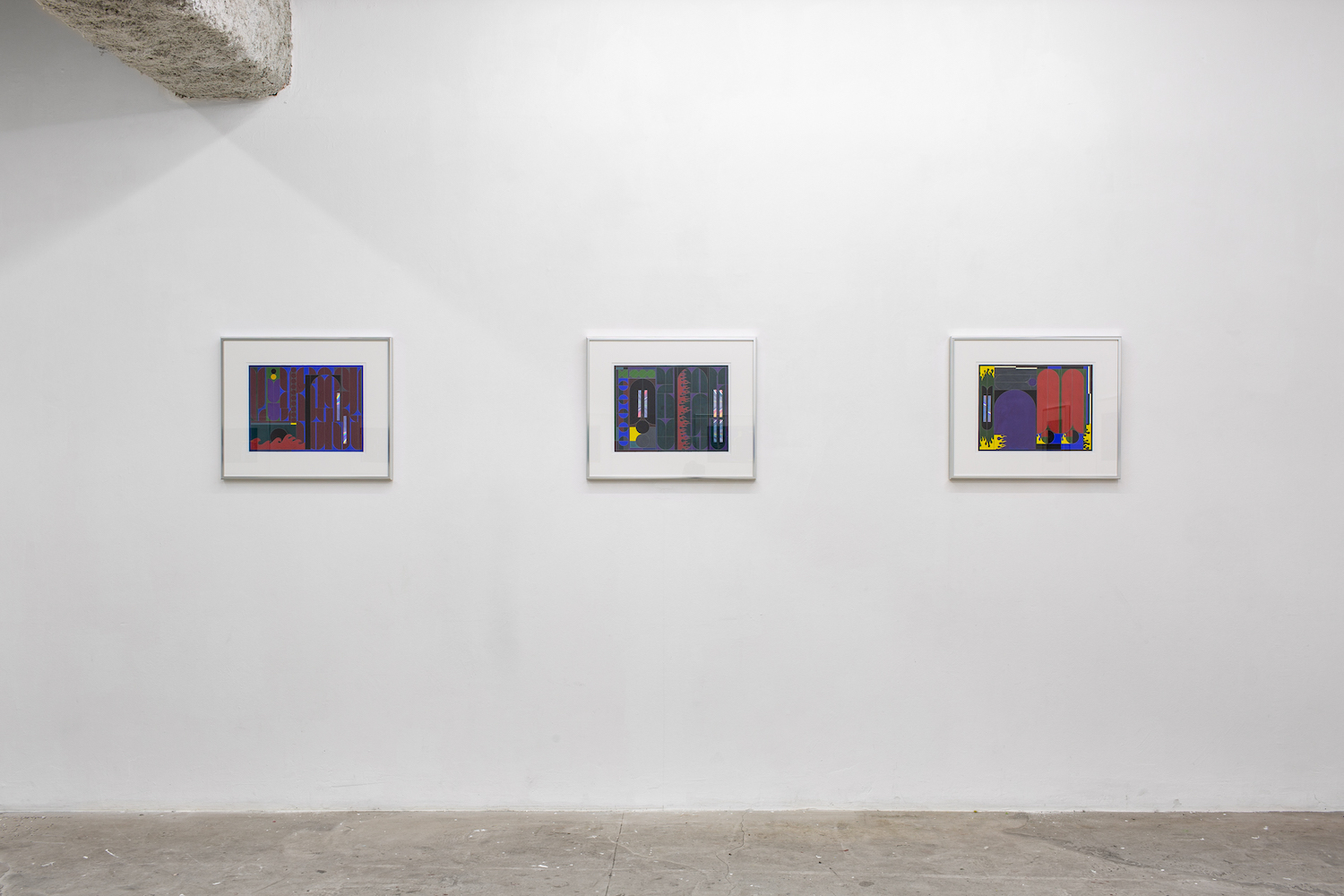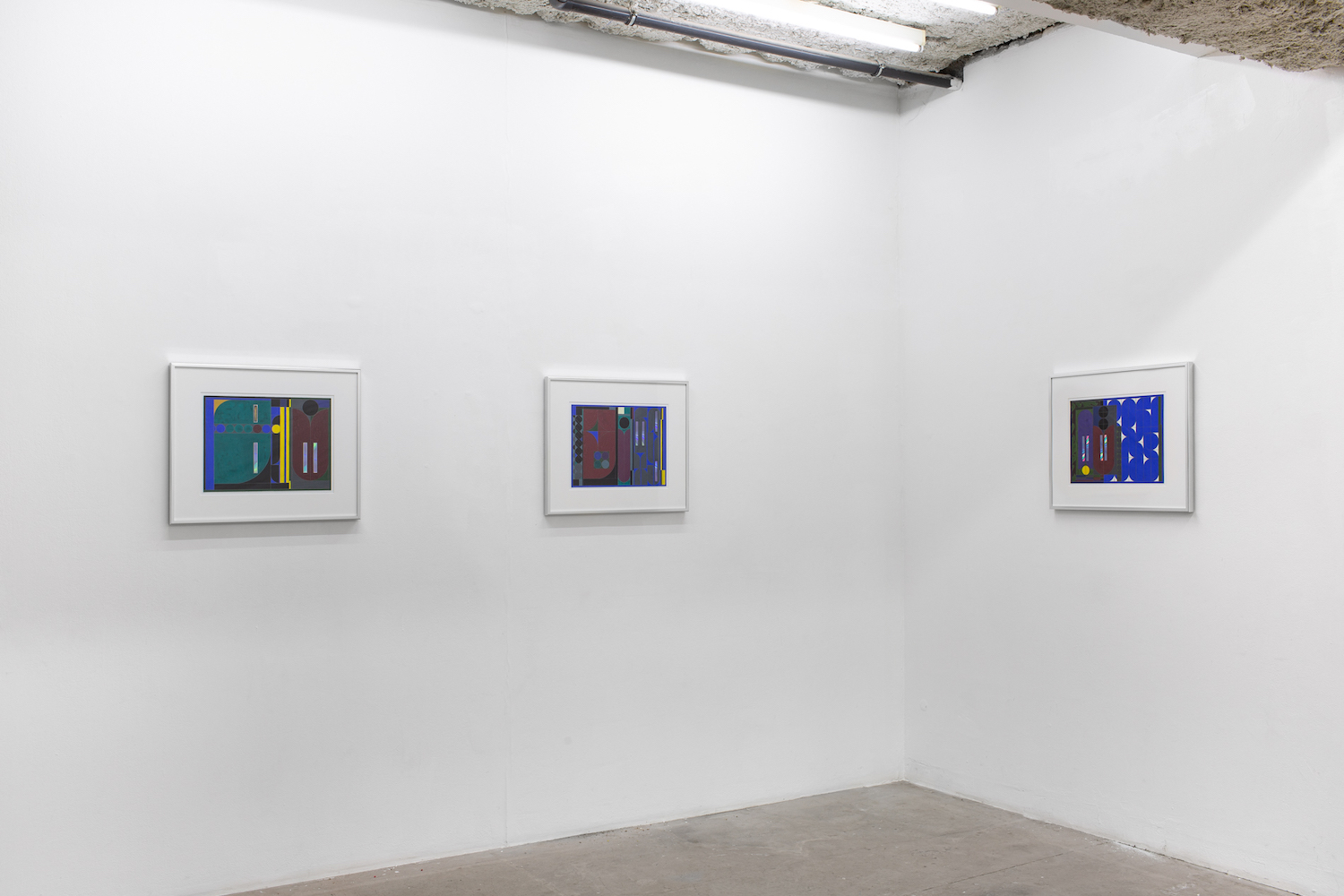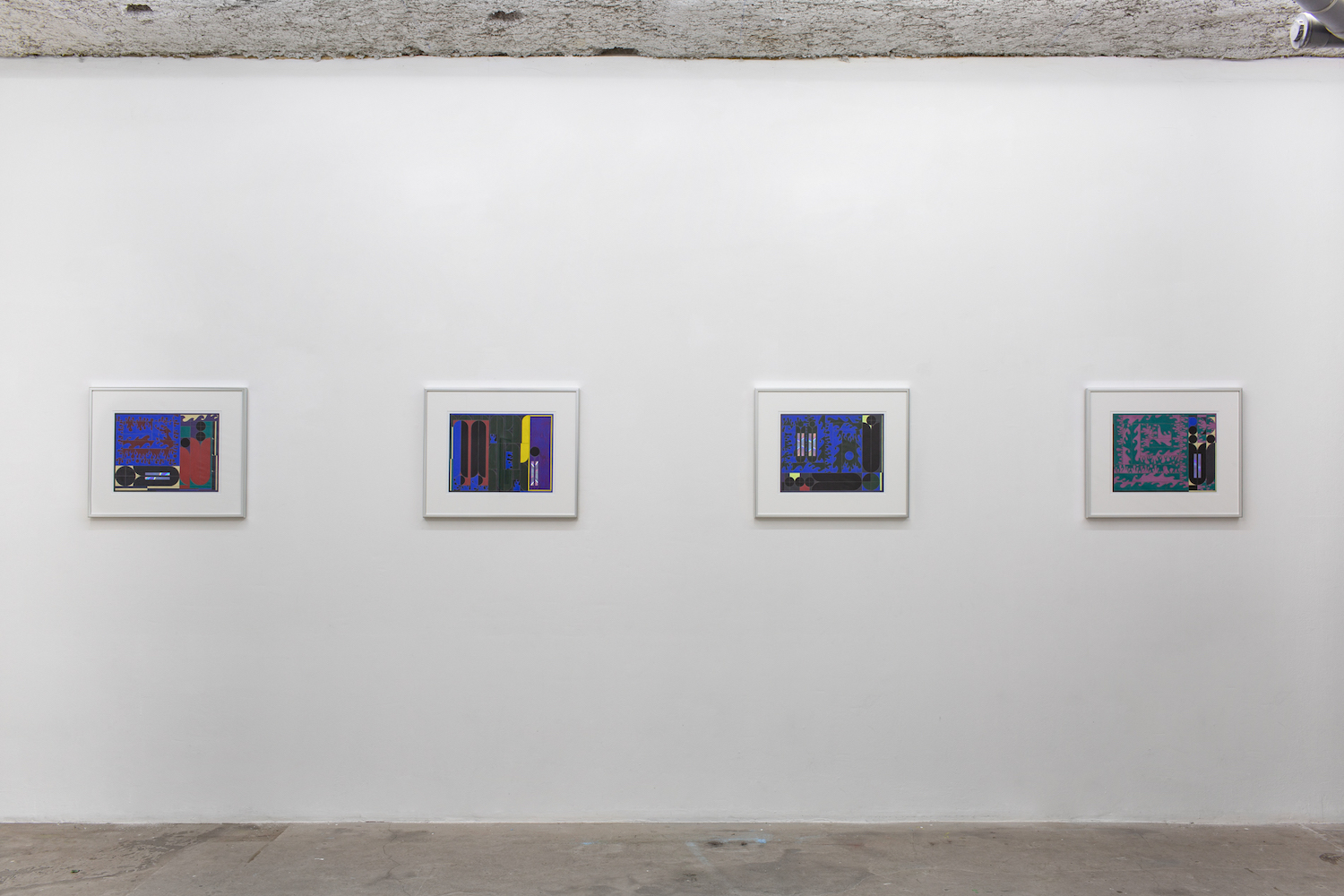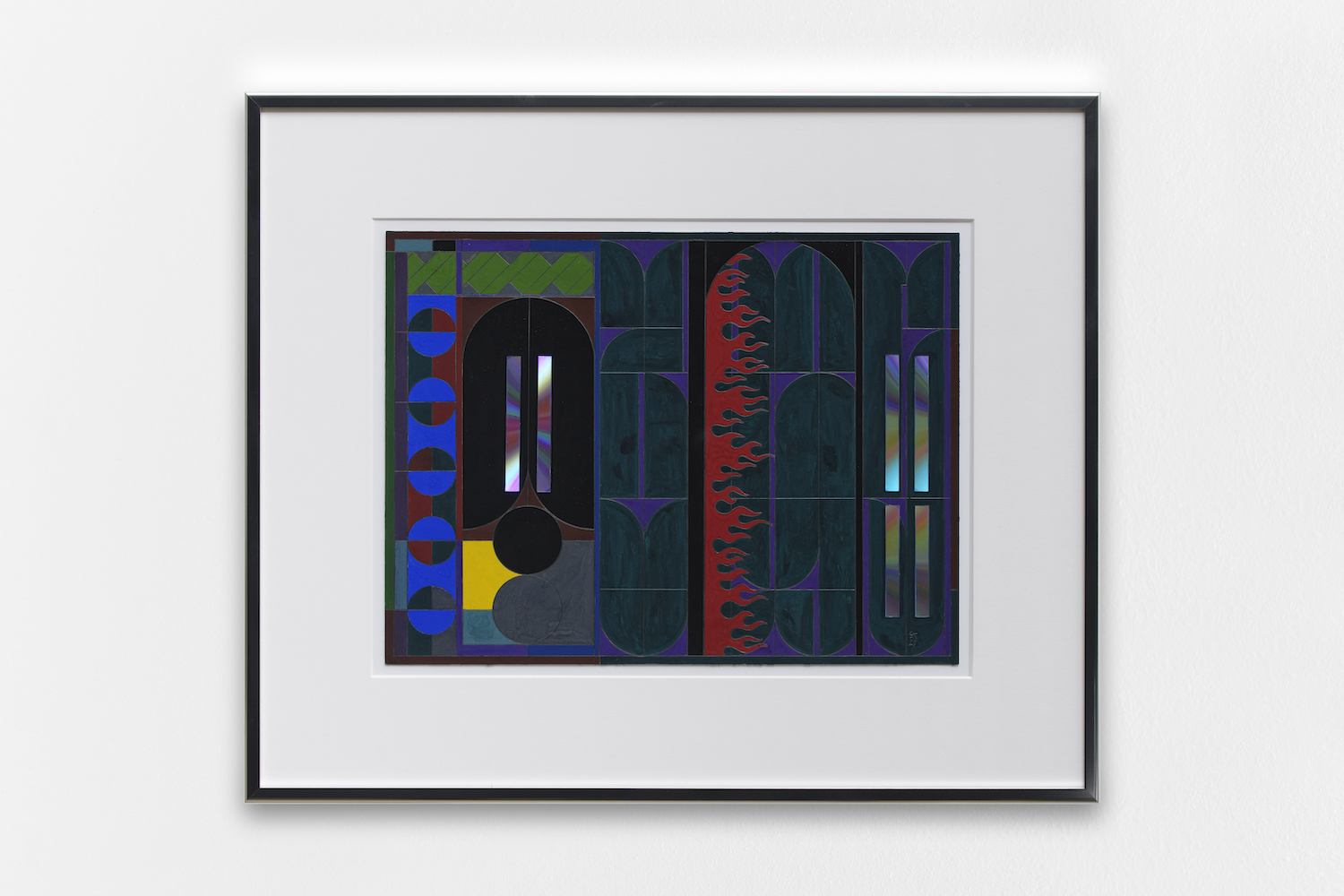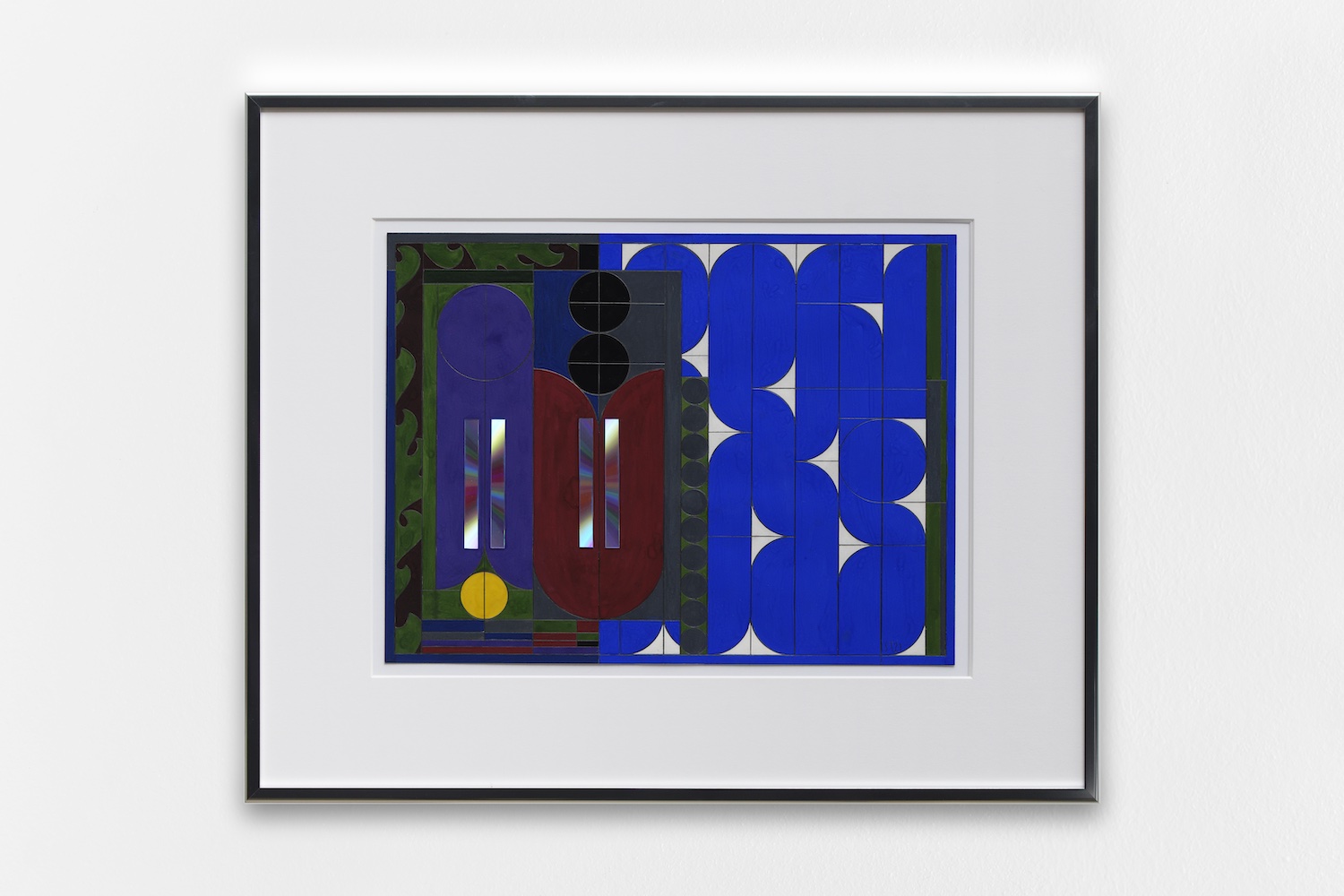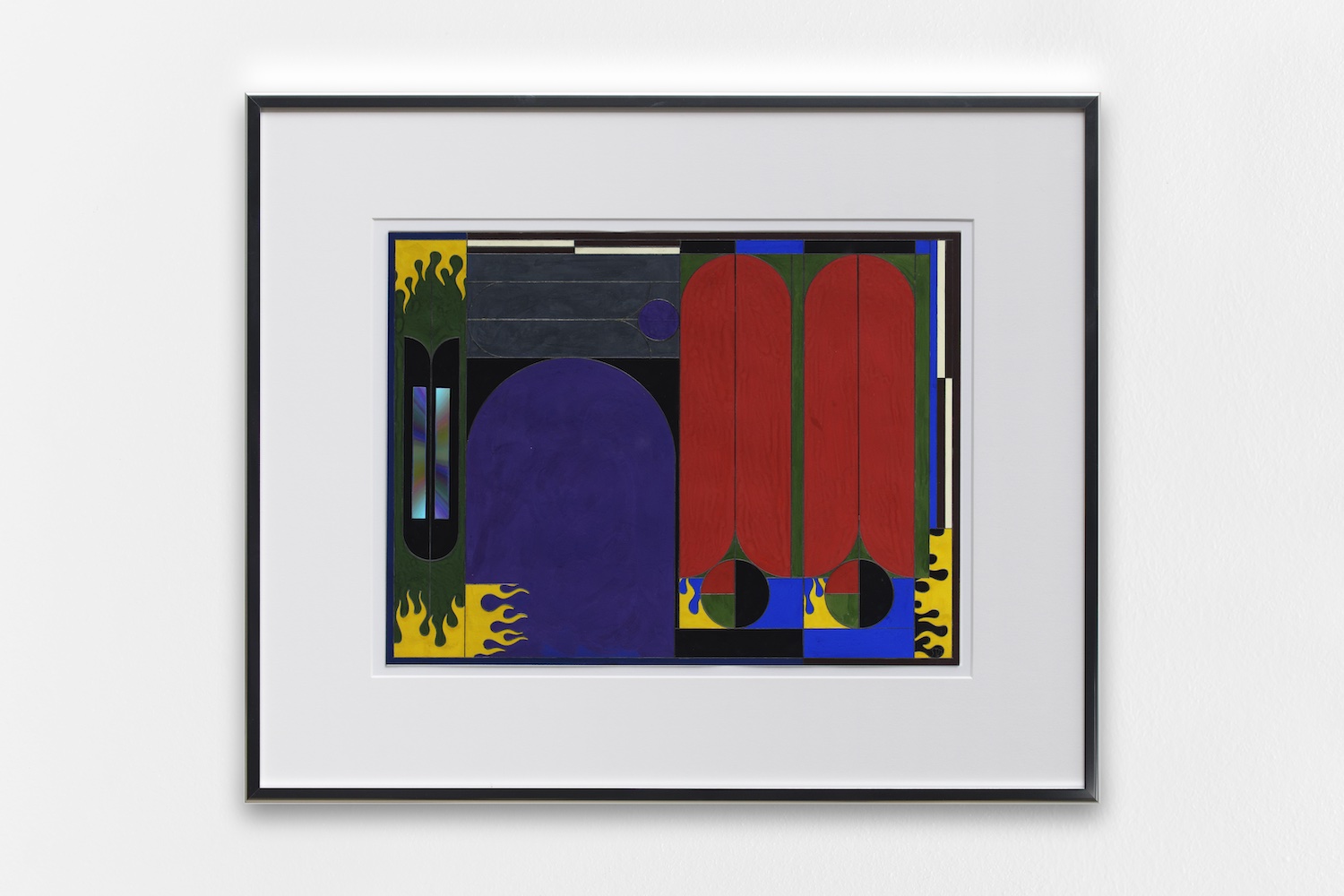Shabahang Tayyari, “Siyâvash’s teardrop”. Exhibition view at Galerie Balice Hertling, Paris, 2021-22. Photography by Aurélien Mole. Courtesy of the artist and Galerie Balice Hertling, Paris.
Shabahang Tayyari, “Siyâvash’s teardrop”. Exhibition view at Galerie Balice Hertling, Paris, 2021-22. Photography by Aurélien Mole. Courtesy of the artist and Galerie Balice Hertling, Paris.
Shabahang Tayyari, “Siyâvash’s teardrop”. Exhibition view at Galerie Balice Hertling, Paris, 2021-22. Photography by Aurélien Mole. Courtesy of the artist and Galerie Balice Hertling, Paris.
Shabahang Tayyari, “Siyâvash’s teardrop”. Exhibition view at Galerie Balice Hertling, Paris, 2021-22. Photography by Aurélien Mole. Courtesy of the artist and Galerie Balice Hertling, Paris.
Shabahang Tayyari, “Siyâvash’s teardrop”. Exhibition view at Galerie Balice Hertling, Paris, 2021-22. Photography by Aurélien Mole. Courtesy of the artist and Galerie Balice Hertling, Paris.
Shabahang Tayyari, “Siyâvash’s teardrop”. Exhibition view at Galerie Balice Hertling, Paris, 2021-22. Photography by Aurélien Mole. Courtesy of the artist and Galerie Balice Hertling, Paris.
I start with black, Indian red and jade green, and continue with blue. I finish with beige or goose-head green. Slowly, as I get closer to the final stages, I start to obsess over whether I have adequately defined the borders of each color or not; whether I have used each as independently as possible. I would not like any color to hold a grudge against me. My job is to distinguish and delineate. I would like the black fritillaria imperialis, or the inverted tulips as they are called in Iran, to know that I know that it does not fancy being with spotted pinks. I would like no fire to devour the flames of another fire. I would like all of us to burn in the fire that we started ourselves. Even in hell we must start our own fire.
But the wave wishes to sprawl over the fire. It knows that it can win the fight. I accommodate the wave somewhere in the midst of the flames, without causing the fire offence. They fill in for each other’s voids. I fill in the empty spots. I would like no open question remaining. Each shape and every form are independent and informed in their territory. None feel superior to others; except the fritillaria imperialis, who has every right to. It has sacrificed its life. These colors and borders are all a celebration, a feast for the tulips, for their turning upside down.
Shabahang Tayyari, Black tulip with three black pearls & one blue stigma. Digital Video Disc contains 17MB of three jpg files in three different folders. One folder is titled personal and contains a picture of the artist breast feeding by his mother in 1988. Second folder is titled unknown and contains a picture of Arif of Qazvin, an Iranian poet. The third folder is titled BABA and contains a picture of the artist and his father in Khalkhal jungles where the artist was born in 1987, 2021. Gouache, pen and DVD collage on paper. 51 x 61 cm. Photography by Aurélien Mole. Courtesy of the artist and Galerie Balice Hertling, Paris.
Shabahang Tayyari, Two upside down fallen tulips & one black pearl. Digital Video Disc contains 47MB of 1087 pieces of notes, 4KB each, all the same. The note is part of a poem by Mahmoud Darwish and a jpg file picture of the poet in his youth, 2021. Gouache, pen and DVD collage on paper. 51 x 61 cm. Photography by Aurélien Mole. Courtesy of the artist and Galerie Balice Hertling, Paris.
Shabahang Tayyari, A black tulip with a blue pearl and a grey tulip with three stigmas. Digital Video Disc contains 2 MB a single jpg f The picture shows the artist picking raspberries and showing the photographer a red bloody hand. Title of the piece is greatfulshabahangpickingtheraspberries.jpg, 2021.
Gouache, pen and DVD collage on paper. 51 x 61 cm.
Photography by Aurélien Mole. Courtesy of the artist and Galerie Balice Hertling, Paris.
Shabahang Tayyari, An upside down tulip with black pearl and the pearl’s grey shadow. Digital Video Disc contains hundreds of pictures taken from a cathedral entrance arch on fire and the reflection of flames on the cathedral’s rose windows, 2021.
Gouache, pen and DVD collage on paper. 51 x 61 cm.
Photography by Aurélien Mole. Courtesy of the artist and Galerie Balice Hertling, Paris.
Shabahang Tayyari, Red Tulips with two black pearls and an upside down purple tulips with a yellow stigma. Digital Video Disc contains 11MB a single PDF file. Titled An introduction to geometry and love, 2021.
Photography by Aurélien Mole. Courtesy of the artist and Galerie Balice Hertling, Paris.
Shabahang Tayyari, Upside down tulips. Digital Video Disc contains 295MB of a single audio file. Nine hours recorded the sound of a fire under the bridge. Burning materials are mostly secondhand classic literature books like Shahnameh(Book of the king), walnut woods and sunglasses and the artist’s current national identification card, 2021. Gouache, pen and DVD collage on paper. 61 x 51 cm.
Photography by Aurélien Mole. Courtesy of the artist and Galerie Balice Hertling, Paris.
The stigmas are jewels, tears and pearls; black pearls. Those sweethearts who only appear in tales of sailors are impossible to touch, they are mere legends. But our story of the fritillaria imperialisis entirely different from the tales of sailors with all of their treasures, talismans, and curses. Our fritillaria imperialis is solid. Much like the Arch of Ctesiphon, it has sustained injuries but it does not fall. Our tulip, if burned in flames, will be reborn like a phoenix. The phoenix will turn upside down for freedom, falling down on itself and its blood, and grow from its ashes and fire; again, and forever. It flows into the field and the desert; blood does not fade into the earth; nor will fire disappear into the land. It will be reborn. It will harness life. It will vitalize youth. It will never end, this cycle.
Note: In Persian mythological history and folklore, it is believed that the fritillaria imperialis was once an upright lily, but once it witnessed the murder of the legendary Persian prince Siyavosh, it bowed its head to respectfully weep for the martyrdom of the innocent hero.
Text by Shabahang Tayyari
Translated from Persian into English by Ashkan Zahraei.


